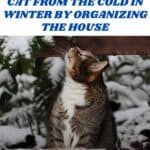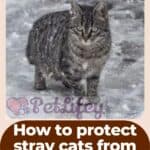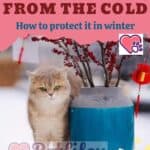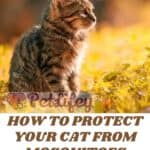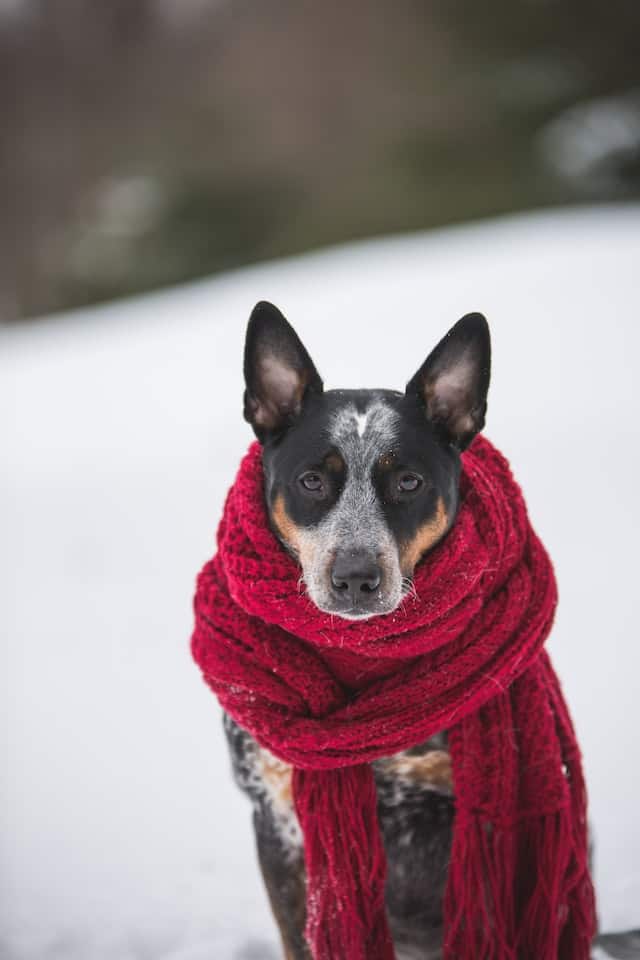
The frost wave expected on Italy with Burian’s assets, an icy wind from Siberia, can also put animals at risk.
There is concern about bad weather with the frost storm arriving on the Italian peninsula. Animals will also be put to the test. For this reason, the section of Enpa Treviso has issued a vademecum to help domestic and wild animals, including strays.
Frost: how to protect strays and wild animals
When the temperatures are lowered, the daily caloric needs of the animals increase. With snow and frost, wild animals and strays have a hard time finding food.
Frost: birds, species most at risk
Birds are the species most affected by frost. It will be difficult for birds to find food when the grounds and surfaces of trees are covered with snow or ice.
Leave food and a bowl of warm water on the balcony or in the garden where the birds can bathe. By keeping their plumage clean, they are better able to fight the cold. The bowls must always be placed in the same place so that the birds have a point of reference. You can also think of a small birdhouse that can help them shelter from the cold.
Suggested foods. Unsalted peanuts, sunflower and pumpkin seeds, small grains, millet, cereal flakes such as cornflakes. For fresh and dried futta insectivorous bird species. Avoid bread and baked goods.
In the countryside, remove the earth from under the trees to keep the land clear.
Frost: Helping wild and stray animals
Even for wild specimens, you can think of bowls with warm water and food outside. Thinking of checking when the water freezes.
If possible, leave garage or basement doors open to provide shelter for strays. If so, devise places where animals can find a warm bed.
In the event of a wild animal being found, the associations remind you to contact the forest police or to deliver the animal to a wildlife recovery center.
In the case of more dangerous species such as foxes, wild boars or other large mammals, it is always better to wait for help.
Frost: protect pets
As for pets, experts suggest keeping them indoors as much as possible or in a warm, sheltered place. Dogs feel cold when temperatures drop below 5 degrees. There are some cold-resistant dog breeds
During walks for some breeds of dogs, especially those with short hair or for the elderly or with pathologies, a coat may be useful.
If the dog gets wet outside, it will be the owner’s care to dry it all over the body, especially the ears and paws.
The dog runs the risk of frostbite if it remains on the snow or ice for too long. So the animal should not be exposed to frost for too long.
The sudden changes in temperature can cause the onset of minor ailments. The owner will have to pay attention to the dog’s temperature, sneezing and other symptoms such as a loss of vitality. In this case, it is advisable to contact a trusted veterinarian to prevent the disease from worsening.
Frost: natural cream for dog-cat pads
It is a small preparation to soothe the pads of dogs exposed to frozen surfaces.
Ingredients: 1 teaspoon of vegetable wax, 1 soup spoon of shea butter, 2 soup spoons of olive oil (or sweet almond or sunflower oil), 2 soup spoons of coconut oil. Pour the food into a saucepan which will then be placed in a larger pot to cook everything in a bain-marie.
Only when everything is amalgamated, place the product in a metal container to let it cool. Then apply the cream on the paw.

